Introduction: Understanding the Importance of Pistons
The Consequences of a Broken Piston
A broken piston can lead to significant engine failure, resulting in costly repairs or even the need for a complete engine replacement. The symptoms of a faulty piston may not always be immediately apparent, leading to extensive damage if left unaddressed. Identifying signs of a broken piston early can save time and money. This article will explore the common signs indicating a broken piston, delve into the causes of piston failure, and provide restoration techniques to help get your engine back in good working condition.
Importance of Regular Maintenance
Regular engine maintenance is crucial for prolonging the life of pistons and preventing catastrophic failures. Performing routine oil changes, monitoring engine temperature, and ensuring proper fuel quality all contribute to the healthy operation of pistons. Taking a proactive approach to engine care not only helps reduce the risk of damage but also enhances overall performance. Understanding how to maintain pistons is essential for any mechanic or car owner who wants to keep their vehicle running smoothly.
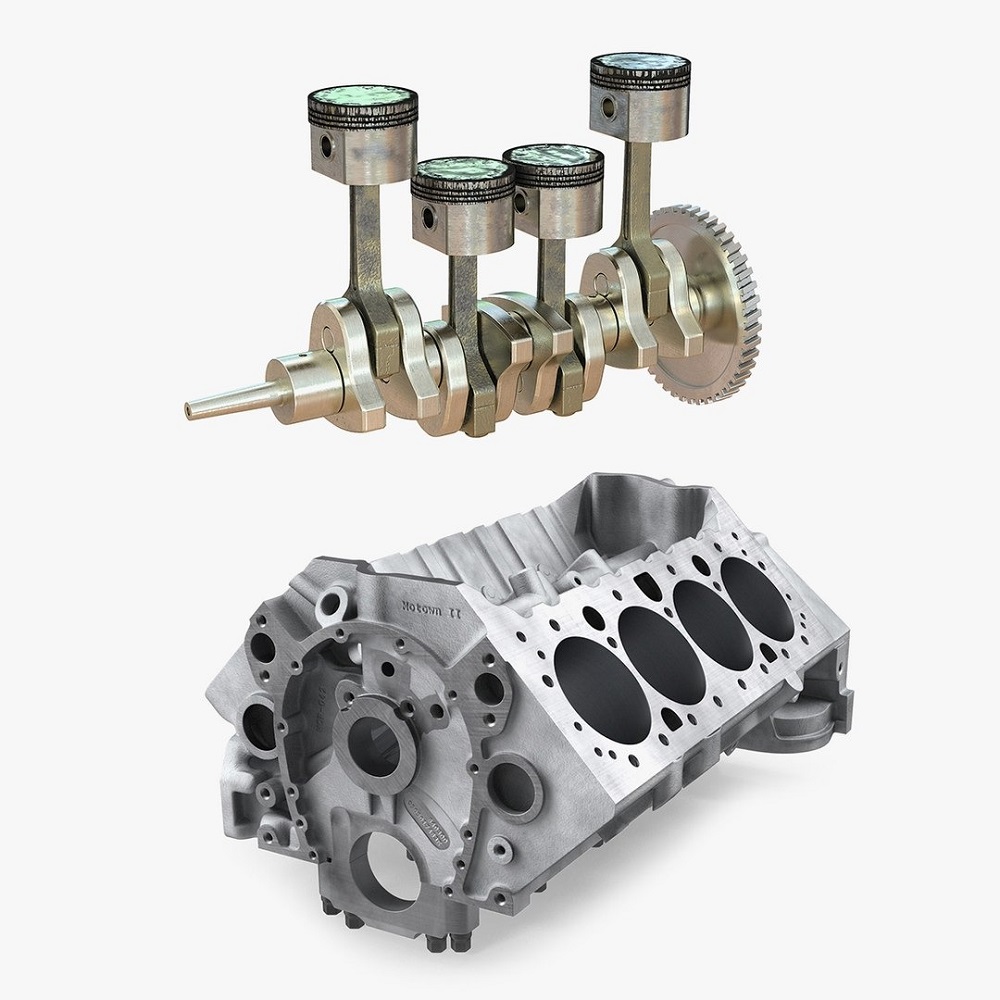
Signs of a Broken Piston
Loss of Engine Power
One of the first signs of a broken piston is a noticeable loss of engine power. If the pistons are damaged, they may not be able to compress the air-fuel mixture effectively. This inefficiency results in reduced acceleration and overall performance. Drivers may experience sluggishness, especially during acceleration or when climbing hills. If you notice a sudden drop in power, it is essential to investigate the cause promptly, as it may indicate a more significant issue with the pistons or other engine components.
Increased Oil Consumption
Another major sign of piston damage is increased oil consumption. When a piston fails, it can lead to oil leaking into the combustion chamber. This leakage causes the engine to burn more oil than usual, leading to dark smoke emitted from the exhaust pipe. When you frequently need to top off your oil levels, it typically suggests that something is wrong with the piston or other related components. Monitoring oil consumption can provide critical insight into the health of your engine.
Unusual Noises
Unusual noises coming from the engine can signal a broken piston. Knocking or pinging sounds often indicate that the piston is not functioning correctly within the cylinder. These noises may become more pronounced when accelerating or under load. The sound results from poor contact between the piston and the cylinder wall due to wear or damage. If you begin to hear abnormal sounds while driving, it is vital to have your vehicle inspected immediately to assess potential piston issues.
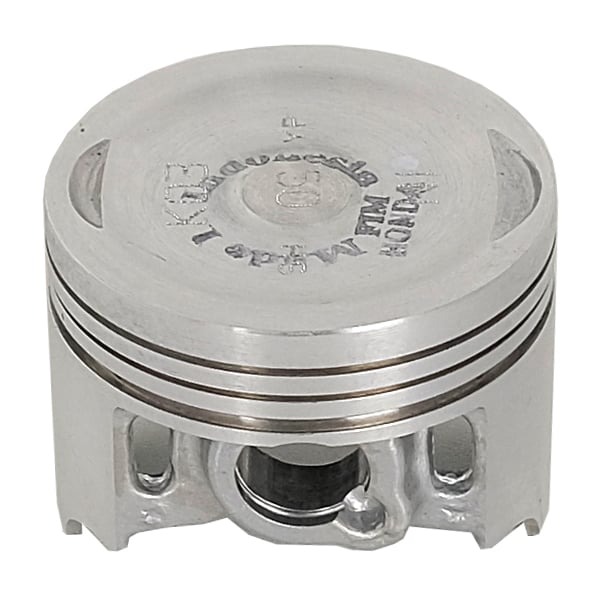
Causes of Piston Damage
Overheating
One of the most common causes of piston damage is overheating. When the engine runs at excessively high temperatures, it can cause the piston to expand beyond its intended limits. This expansion may lead to warping or cracking of the piston material. Factors that contribute to engine overheating include low coolant levels, a malfunctioning thermostat, or clogged cooling passages. Regularly checking the cooling system can help prevent overheating and extend the life of pistons.
Poor Lubrication
Proper lubrication is essential for the smooth operation of pistons. Oil helps reduce friction between the moving parts and prevents excessive wear. If the oil supply is inadequate or contaminated, the pistons can suffer damage. Signs of poor lubrication include unusual noises, overheating, and increased friction. Ensuring regular oil changes and using the correct type of oil for your engine can mitigate the risk of piston damage caused by poor lubrication.
Detonation and Engine Knock
Detonation occurs when the air-fuel mixture in the cylinder ignites prematurely, leading to a sudden increase in pressure. This pressure can exert excessive force on the pistons, causing them to fracture or collapse. Engine knock is often a result of detonation and can be mitigated through the use of high-octane fuel and proper tuning. Monitoring engine performance and addressing issues with detonation is crucial for preserving the integrity of the pistons.
Restoration Techniques for Broken Pistons
Assessing Damage
The first step in restoring a broken piston is a thorough assessment of the damage. Mechanics typically perform a visual inspection, looking for cracks, warps, or any signs of wear. More advanced diagnostics may include honing tools or ultrasonic cleaning to identify internal cracks and defects. Understanding the extent of damage is crucial for determining whether the piston can be repaired or if it needs replacement.
Cleaning and Repairs
If the damage is not too severe, cleaning and repairing the piston may be possible. Mechanics can use specialized tools, such as a honing tool, to smooth out minor imperfections and restore the piston surface. By carefully removing carbon build-up and debris, a cleaner surface allows for better sealing. However, extensive damage typically requires replacement rather than repair. It is worth consulting with a professional mechanic to determine the best approach based on the condition of the piston.
Replacement Piston Installation
When piston replacement is necessary, it is vital to choose high-quality replacement parts. Selecting pistons made from durable materials, such as forged aluminum or nickel-coated alloys, ensures that your new piston can withstand the demands of the engine. Once you have the replacement piston, follow the manufacturer’s guidelines for installation. Proper alignment and torque settings are essential to ensure a correct and effective fit. After installation, a break-in period may be required, allowing the new piston to settle into place effectively within the engine.
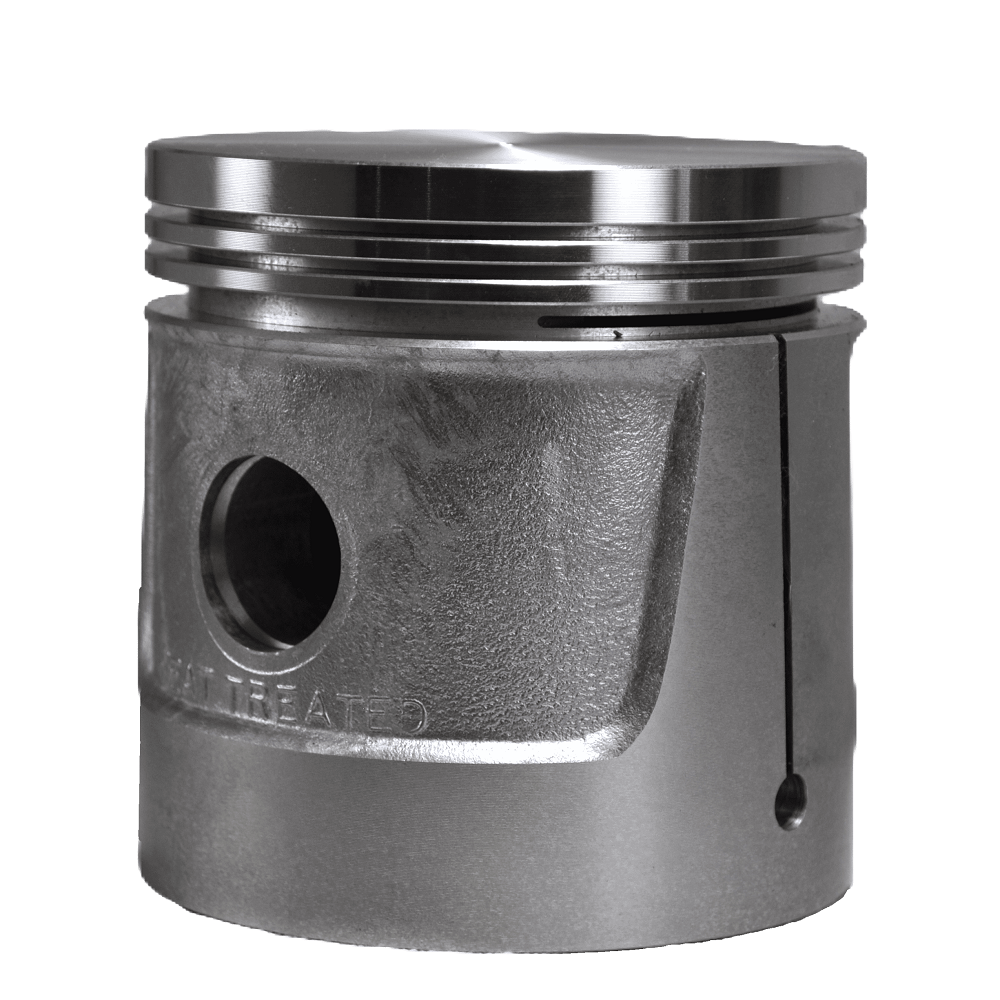
Preventative Measures for Piston Longevity
Regular Maintenance Checks
One of the best ways to prolong the life of your pistons is to perform regular maintenance checks on your engine. Routine inspections of the oil levels, coolant levels, and overall engine condition can help detect issues before they escalate. Regular oil changes remove contaminants and maintain the lubrication system’s effectiveness. Staying vigilant about these maintenance tasks can significantly extend the life of your engine and its components.
Monitoring Engine Performance
Monitoring engine performance closely can help you detect early signs of trouble. Pay attention to unusual noises, vibrations, or changes in power output, as these could indicate piston or engine issues. Frequent checks on oil consumption and exhaust emissions can also provide valuable information regarding the condition of the pistons. Being proactive about monitoring performance allows for early intervention and helps prevent severe engine damage.
Ensuring Proper Driving Habits
Driving habits play a pivotal role in maintaining the health of your motorcycle or vehicle’s engine. Avoid aggressive acceleration and rapid deceleration, as these stress the pistons significantly. Allowing the engine to warm up before taking off can prevent damage due to temperature fluctuations. Furthermore, refrain from running the engine at excessively high RPMs for extended periods. Practicing good driving habits contributes significantly to the durability of the pistons and can enhance overall engine longevity.、
The Cost of Ignoring Piston Issues
Financial Implications of Delayed Repairs
Ignoring signs of piston damage can lead to significant financial consequences. If symptoms such as loss of power, unusual noises, or increased oil consumption are not addressed promptly, the damage may escalate, leading to a complete engine failure. In such cases, the costs of repairs or engine replacement can soar; hence, it becomes crucial to recognize and act on early warning signs. Additionally, the downtime of the vehicle while repairs are conducted can lead to frustration and inconvenience, especially for those who rely heavily on their motorcycles or vehicles.
Budgeting for Repairs and Maintenance
Understanding the potential financial implications of piston issues can help vehicle owners prepare for repairs in advance. Setting aside a maintenance budget may assist in covering unexpected repair costs, minimizing the impact on finances. Regular maintenance checks can also prevent significant breakdowns, allowing owners to budget for routine maintenance instead. Knowing the costs associated with piston repairs can aid in making informed decisions about the vehicle’s overall care and management.
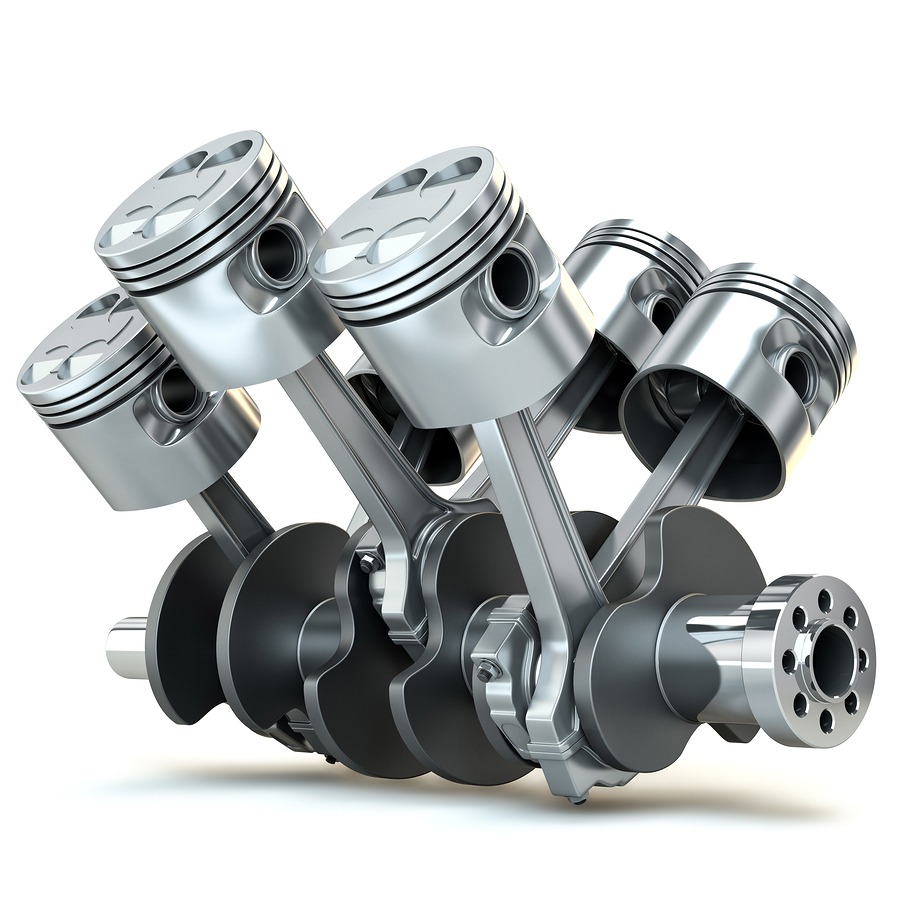
Preventive Measures to Avoid Costs
Investing in preventative measures can save money in the long run. Simple actions like regular oil changes, consistent engine monitoring, and addressing minor issues before they escalate can prevent costly repairs. When you ensure that your engine is well-maintained, you ultimately reduce the likelihood of damage to the pistons and other components. Implementing routine preventative maintenance can significantly lower repair costs and extend the lifespan of your engine and its parts.
Understanding Performance and Efficiency
The Connection Between Piston Health and Fuel Efficiency
The health of the pistons in an engine plays a crucial role in fuel efficiency. A broken or malfunctioning piston can lead to incomplete combustion, resulting in wasted fuel and reduced engine power. If the pistons aren’t sealing correctly within the cylinders, air and fuel can escape, forcing the engine to use more fuel to maintain power. Understanding this connection helps riders and vehicle owners recognize the importance of piston maintenance in achieving optimal fuel efficiency.
Recognizing Signs of Reduced Efficiency
In addition to potential performance issues, there are various signs of reduced efficiency that indicate piston problems. If a vehicle experiences a drop in gas mileage or has a tendency to misfire, these factors may be linked to piston health. Regular monitoring of fuel consumption, along with maintaining proper ignition and air-fuel mixture systems, can assist in early detection of piston issues. Awareness of how performance and efficiency are intertwined will help ensure that the engine operates at an optimal level.
The Benefits of Efficient Piston Operation
When pistons are functioning correctly, they contribute to the overall efficiency and power of the engine. Efficient piston operation allows for better combustion, leading to increased horsepower and torque while using less fuel. Riders benefit not only from enhanced performance but also from savings at the fuel pump. Furthermore, well-maintained pistons reduce emissions, making for an environmentally friendly ride that aligns with today’s growing emphasis on sustainability. A focus on piston health is therefore beneficial for both performance and environmental concerns.
The Future of Piston Technology
Advances in Engineering
As technology advances, the engineering of piston designs is evolving. Innovations, such as lightweight materials and advanced coatings, are being utilized to improve performance and durability. The future of piston manufacturing may include synthetic materials that reduce friction and weight. These advancements promise to enhance efficiency and power, making piston engines more reliable and environmentally friendly. Understanding these trends can keep vehicle owners informed and prepared for the changes in technology that may impact their motorcycles and engines.
Increased Availability of Performance Parts
The demand for performance enhancements has led to an increase in the availability of aftermarket piston components. From high-performance pistons to advanced connecting rods, the options available to riders and mechanics continue to grow. These performance parts are designed to maximize the potential of each engine, providing enthusiasts with the means to customize their rides. Keeping abreast of these available components is beneficial, as it allows motorcycle owners to make informed choices when considering upgrades.
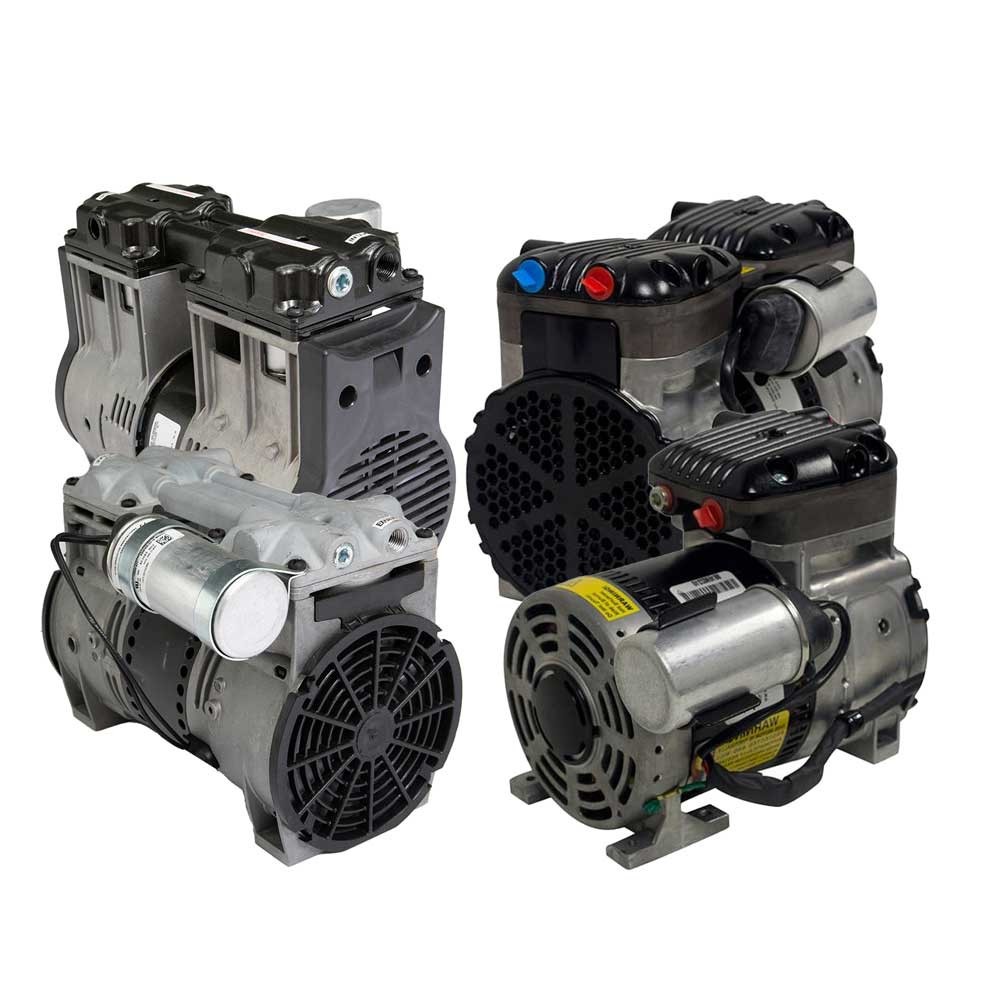
Sustainability and Future Innovations
Looking ahead, the emphasis on sustainability will shape the future of piston technology. As global awareness around environmental issues increases, manufacturers are focusing on creating more efficient engines with lower emissions. Sustainability will drive research into alternative fuels, hybrid technology, and electric piston engines. These innovations aim to maintain performance while reducing the carbon footprint associated with traditional piston engines. Understanding this shift will prepare riders for the evolution of the motorcycles and vehicles they love.
Conclusion: Empowering Motorcycle Ownership through Knowledge
Reflecting on the Importance of Piston Maintenance
In conclusion, understanding the mechanics and care of piston components is vital for successful motorcycle ownership. Awareness of signs indicating potential issues not only helps extend the life of your engine but also enhances performance and efficiency. Regular maintenance routines, coupled with knowledge about piston technology and innovations, empower riders to make informed decisions.
Investing in Your Motorcycle’s Future
Investing time and resources into understanding and maintaining the health of your pistons ultimately pays off. The efforts made towards proper care lead to significant savings in potential repairs and enhance the overall riding experience. As owners engage more with their motorcycles, they can enjoy the journey while reaping the benefits of knowledgeable ownership.
Embracing the Riding Experience
The journey of motorcycle enthusiasts is filled with excitement and discovery. The connection between rider and machine grows deeper with every mile traveled. By taking the time to understand piston mechanics and maintenance, riders can ensure their machines remain reliable companions on the road. Embrace the joy of riding and invest in the knowledge that will empower you to enjoy every adventure ahead!
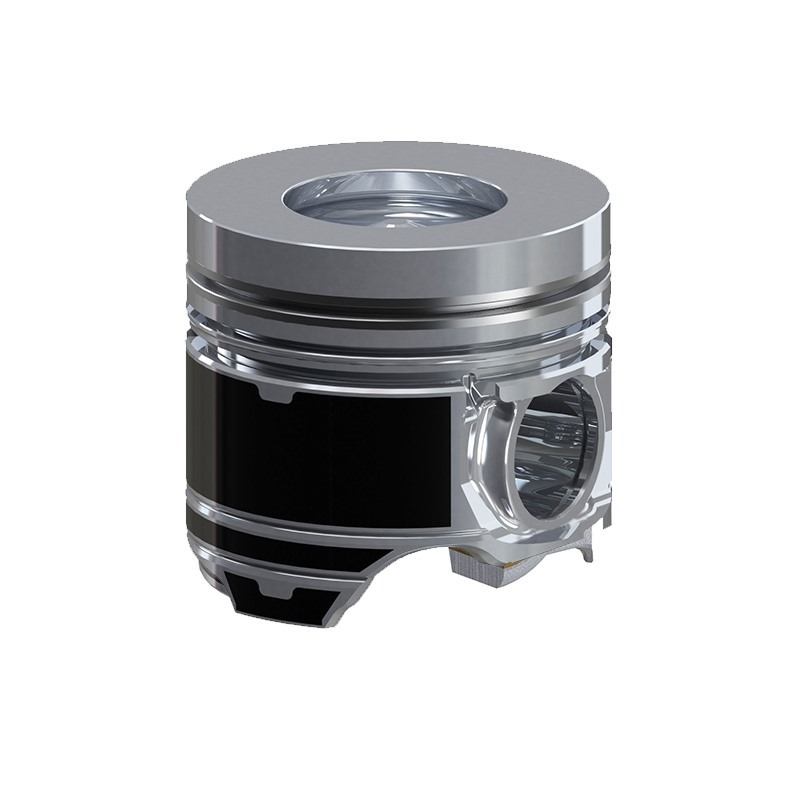
Leave a Reply